Sculptural Art of Chalukyas of Badami
The ancient Vatapi, now known as Badami, in Bagalkot district (formerly Bijapur) of Karnataka, was the capital city of first Imperial Western Chalukyas of Badami, swayed whole of South India from 6th to 8th centuries A.D. The Chalukyan rulers were liberal patrons of religion, art and architecture, who immortalized the rock-cut cave temples architecture in Karnataka, for which they are famous. The erection of temples with both Nagari and Dravidian styles enjoys a unique position in the annuals of Indian temple architecture popularly known as Chalukyan style. The caves and temples offer interesting details with study of sculptures, iconography, history of Karnataka in particular and India in general. The caves and temples embellished variety of sculptures and reliefs which are highly developed in plastic art of South India. The Chalukyan sculptures are mostly religious in nature and represent Siva in various forms, Vishnu and his several incarnations, Jain, Buddha, and Minor Divinities, etc. The panels depicting themes from Ramayana, Mahabharata and folklore anecdotes from Panchatantra are the earliest one in Karnataka. Chapter I & II deals with Introduction and about the Site and Its Environs. Chapter III deals with Historical Perspective of Chalukyan dynasty. Chapter IV deals with Sculptures from Caves and Temples of Saivate Sculptures, Vaishnava Sculptures, Composite Sculptures, Jaina, Buddhist, Minor and Miscellaneous Sculptures and the Chapter V is Conclusion with sump of the subject. This work aims at presenting a detailed and systematic study of sculptures and iconography of Saiva, Vaishnava, Jaina, Buddha, Minor Divinities and miscellaneous sculptures of Chalukyas of Badami based on Agamas, Puranas and ancient texts, from the sculptural and iconographic point of view.
Get it now and save 10%
BECOME A MEMBER

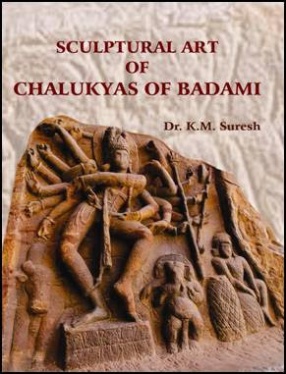
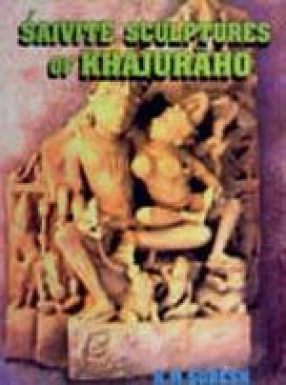
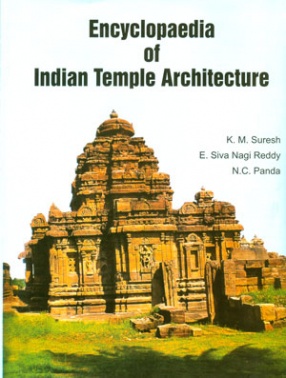
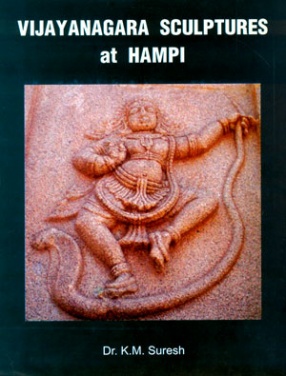
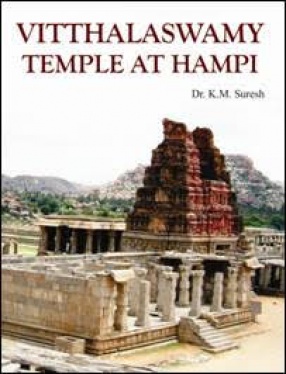

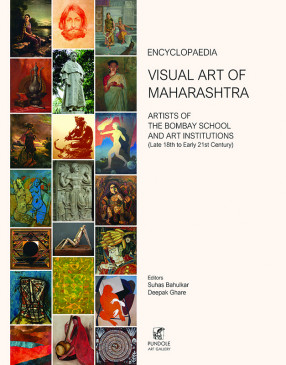
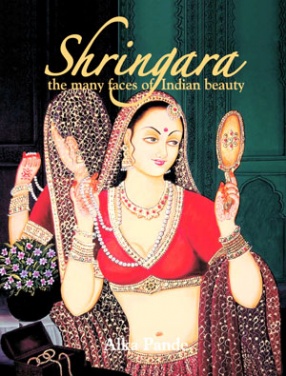
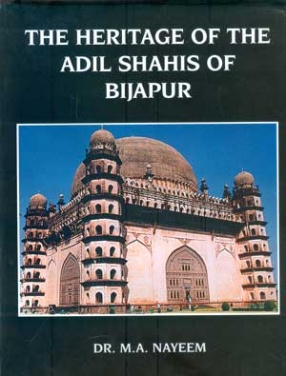

Bibliographic information